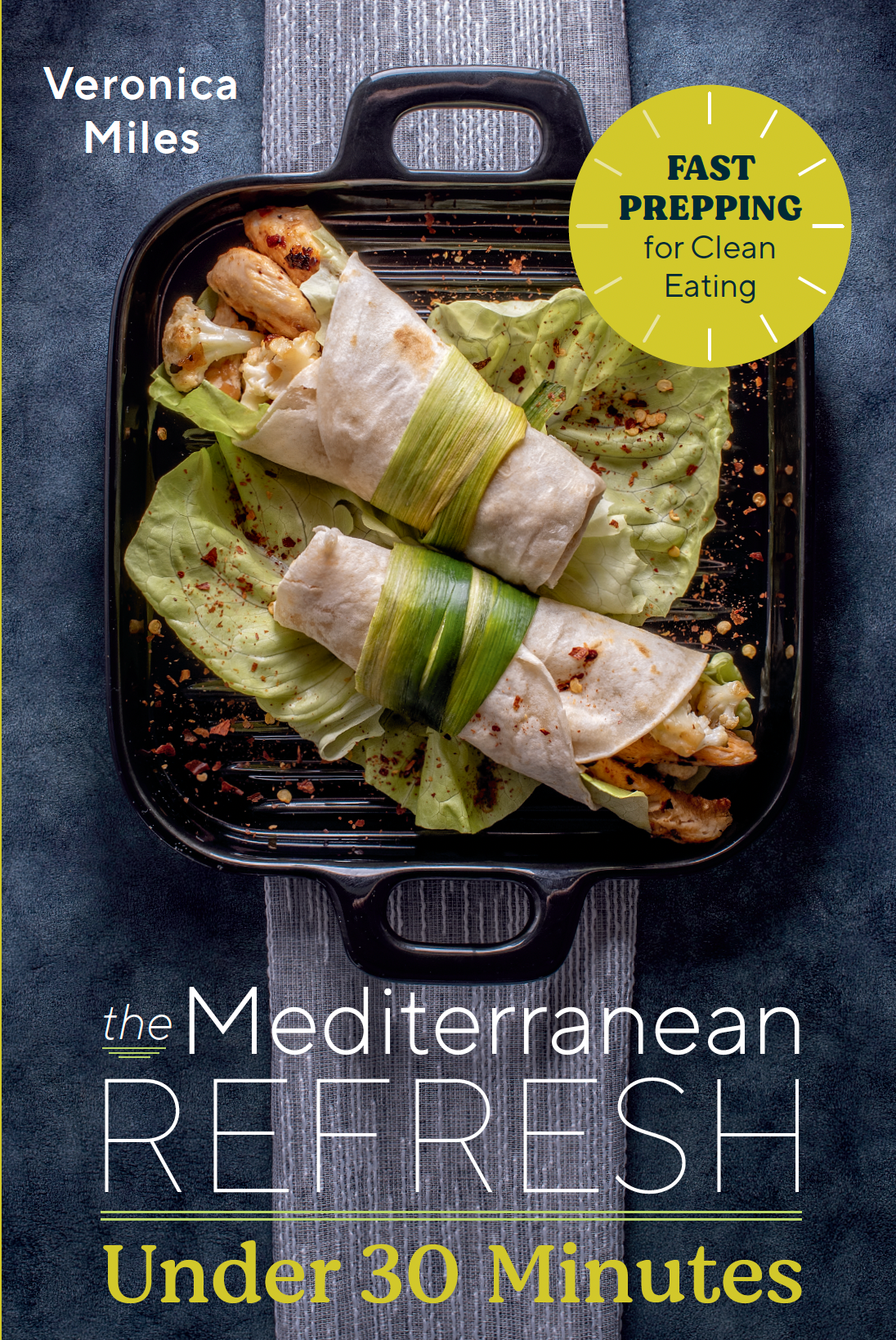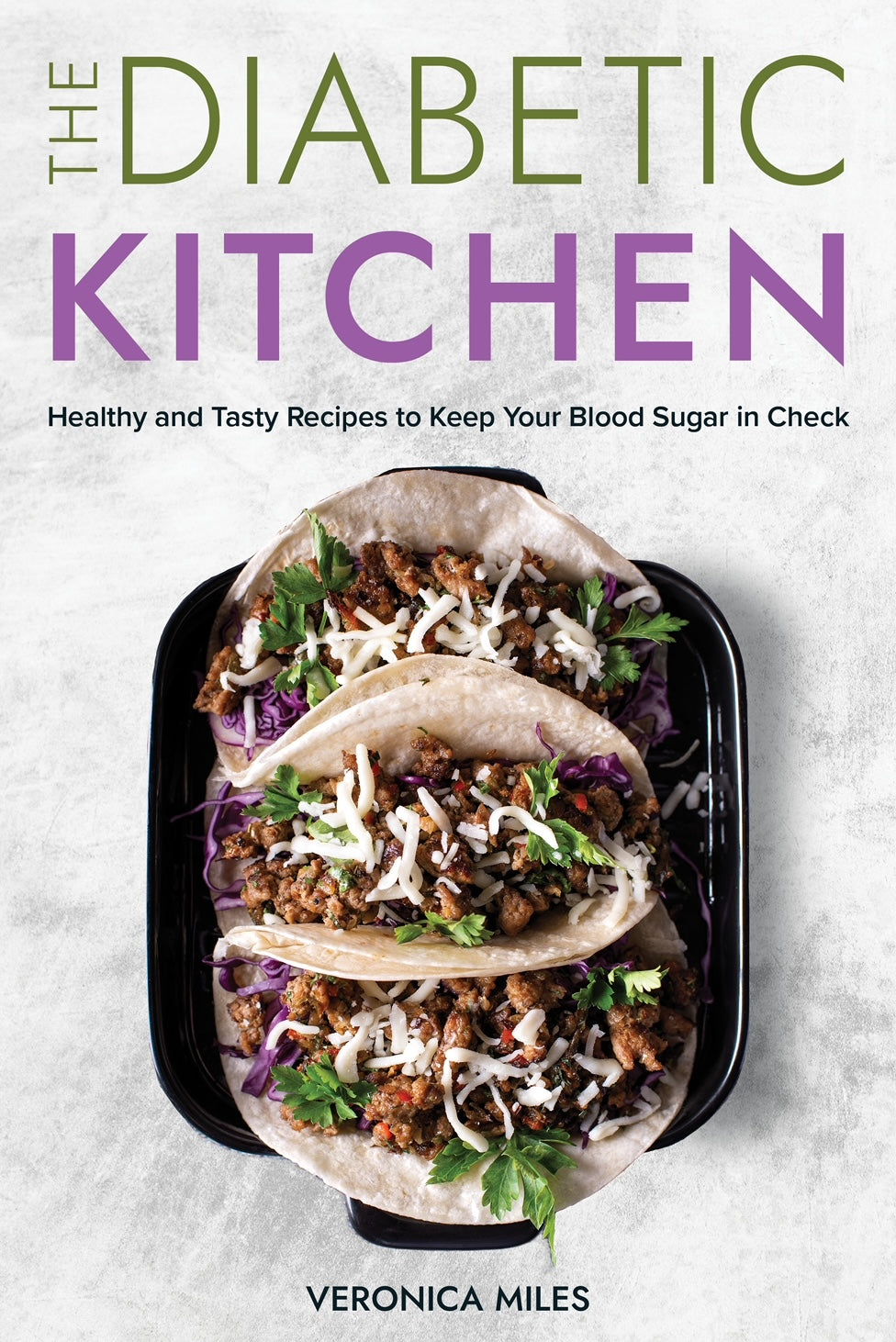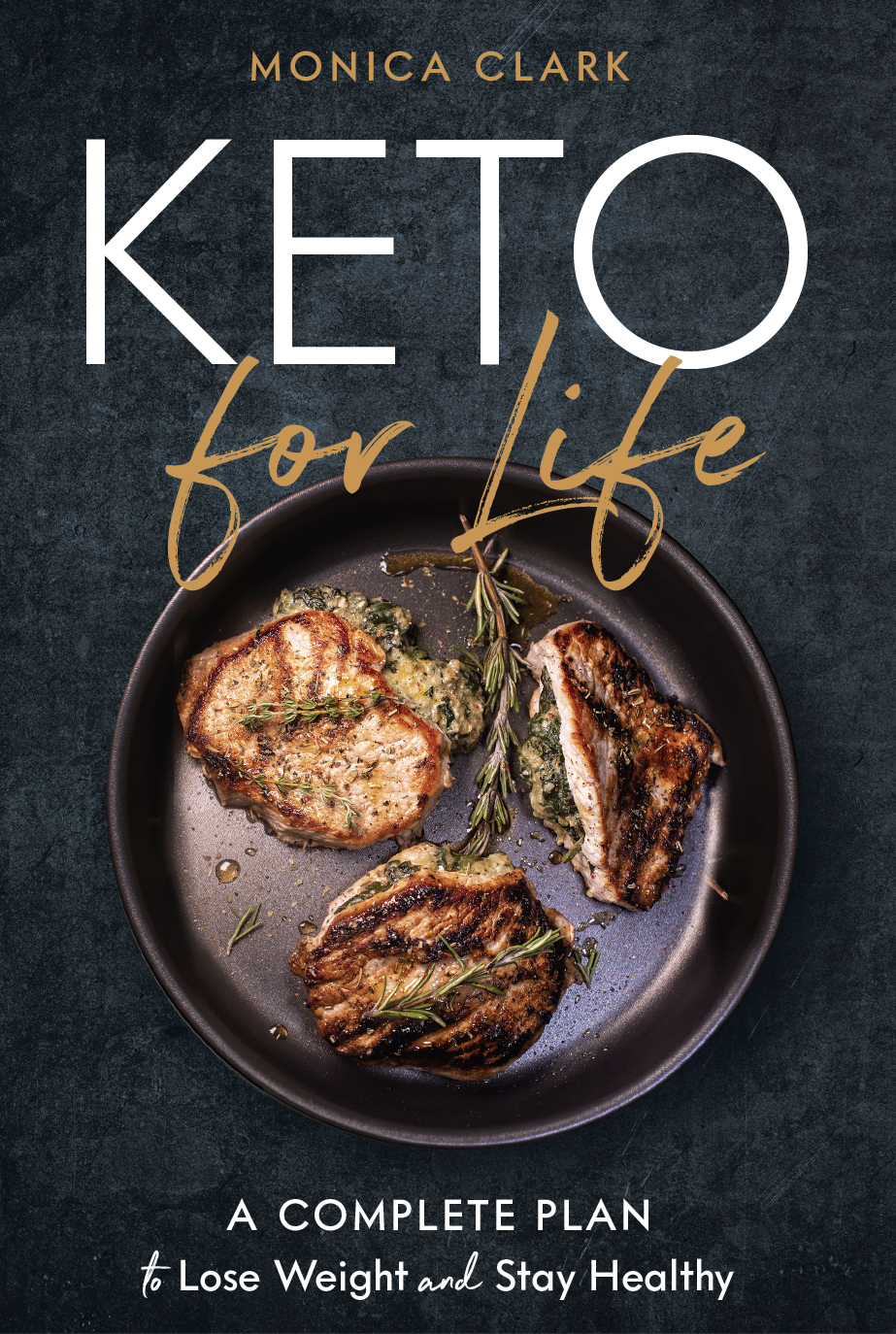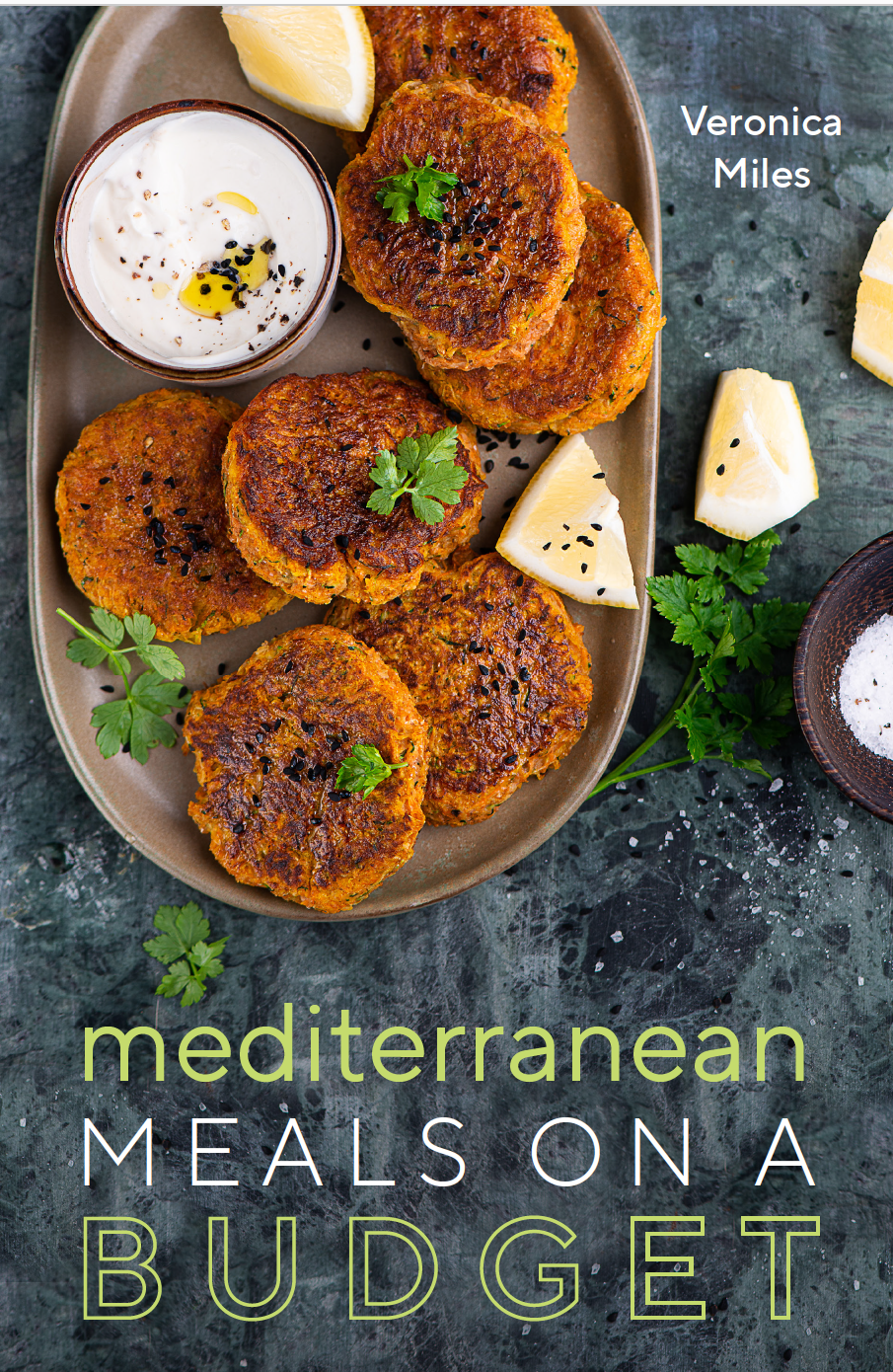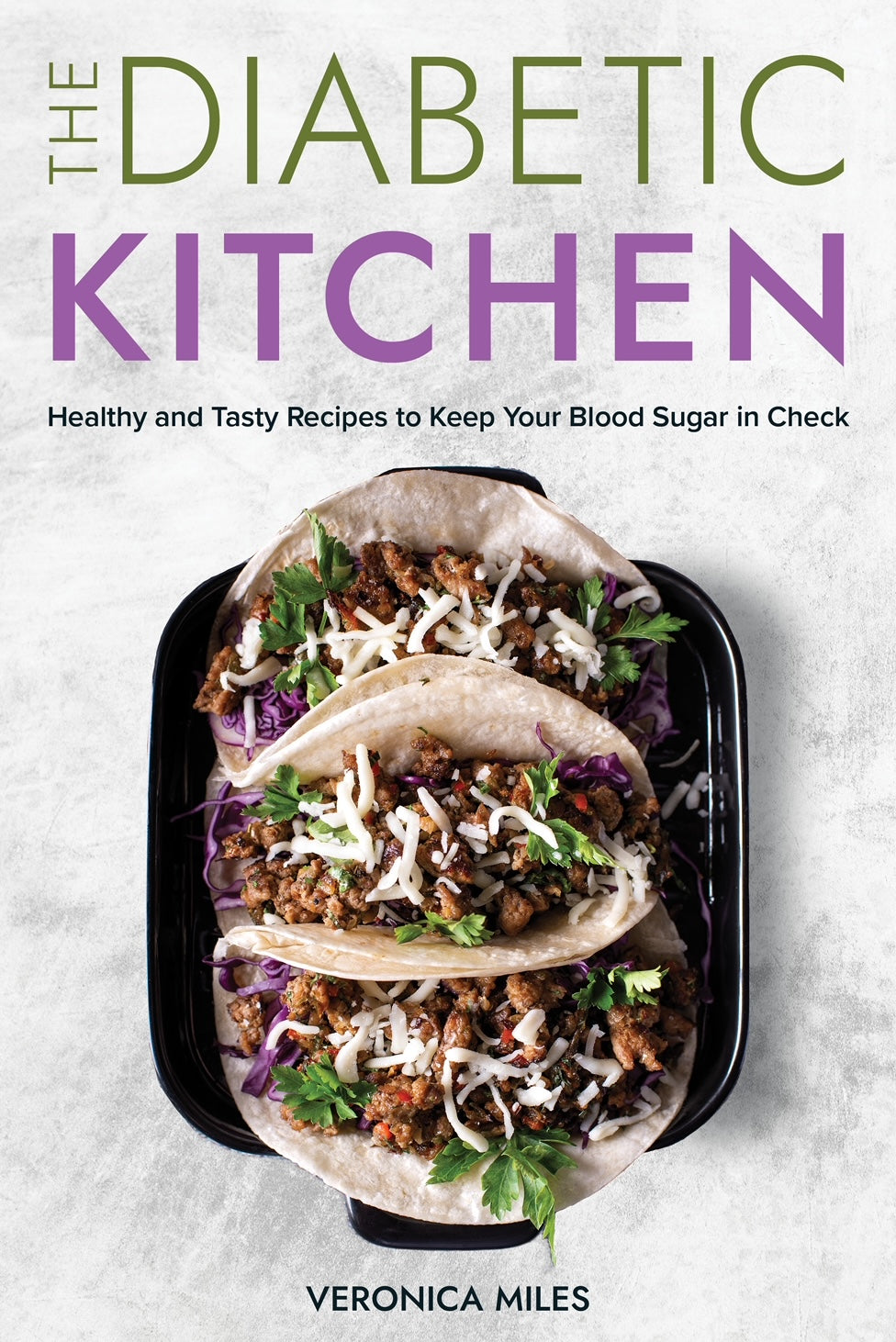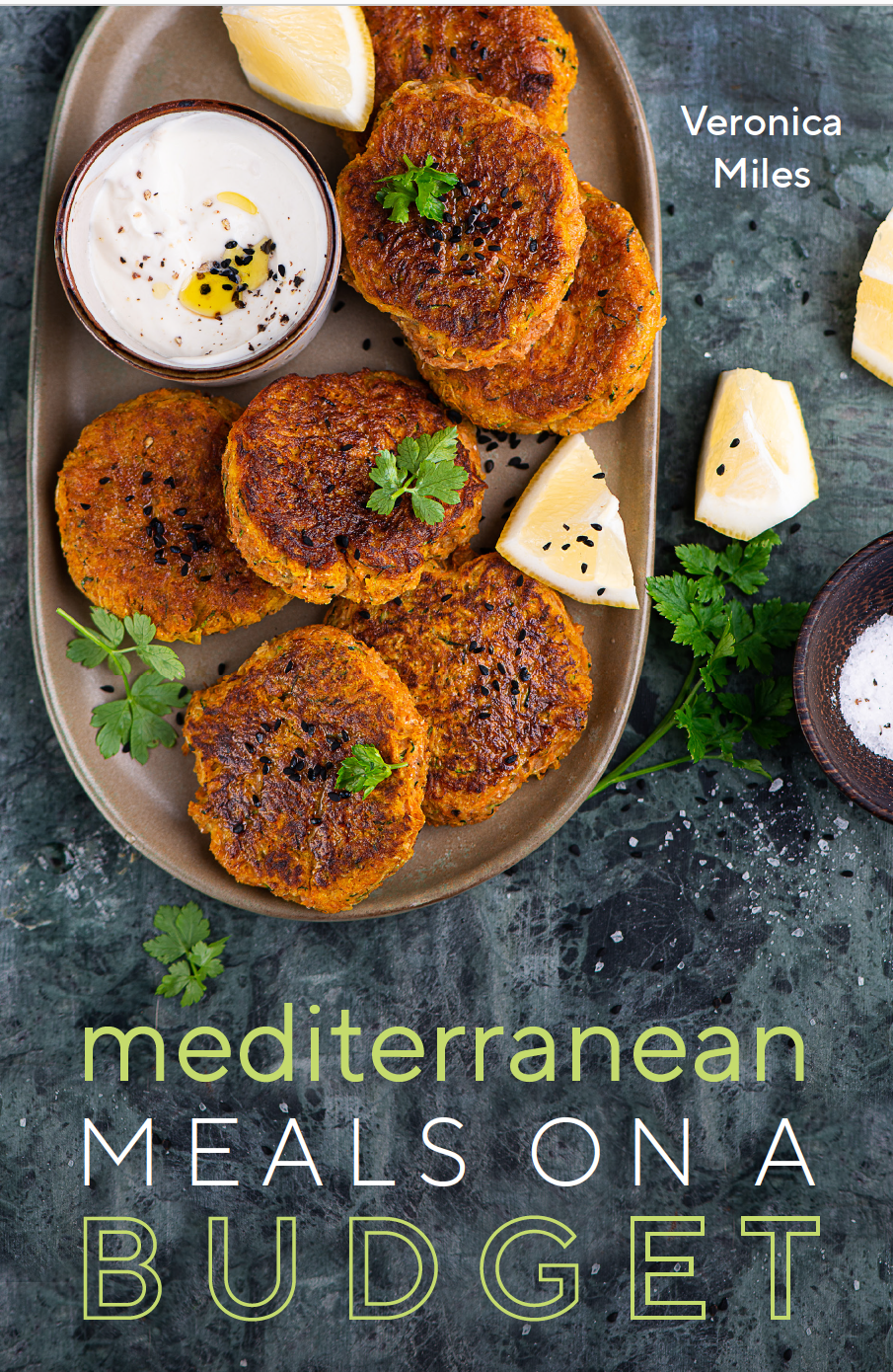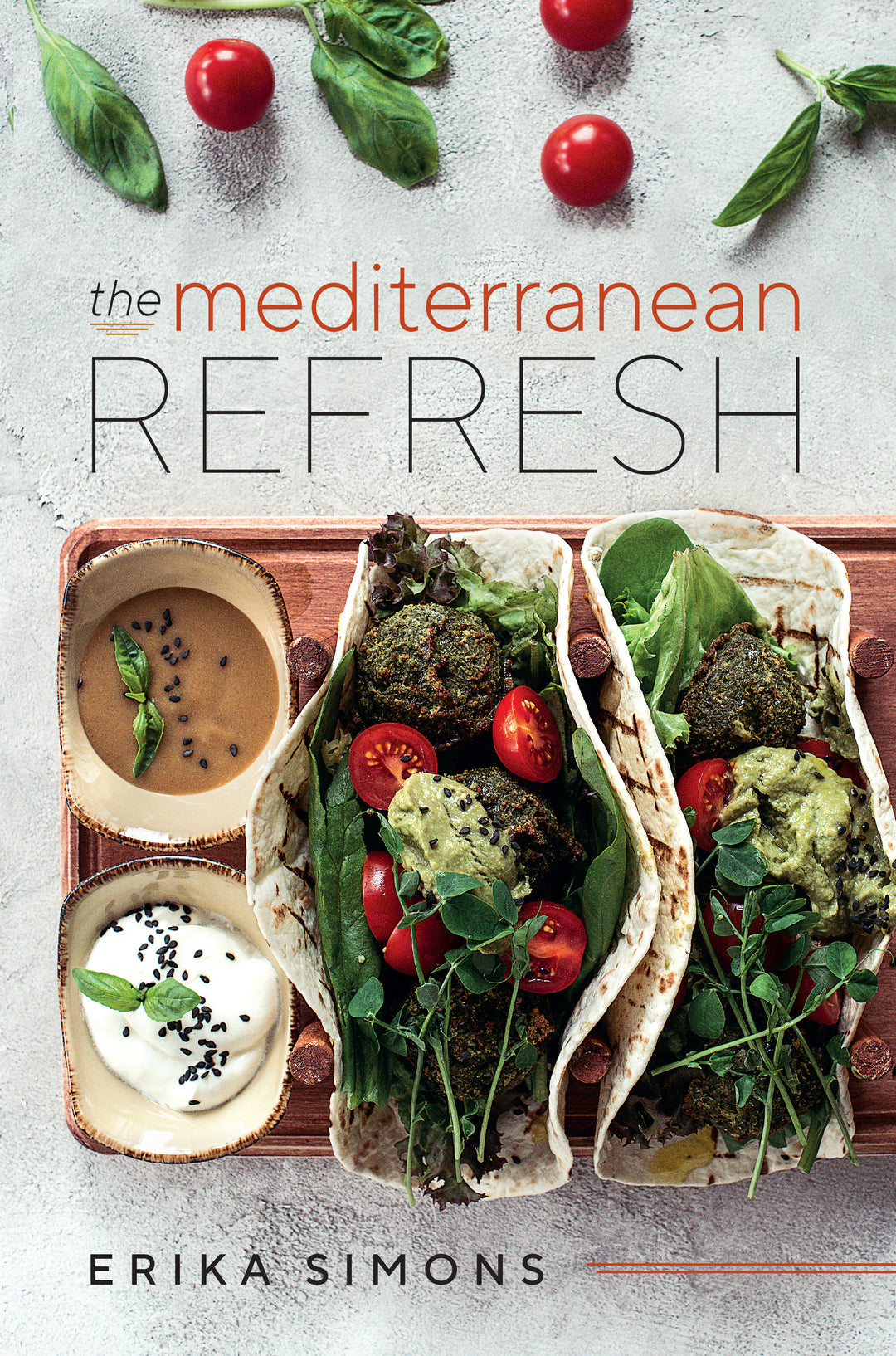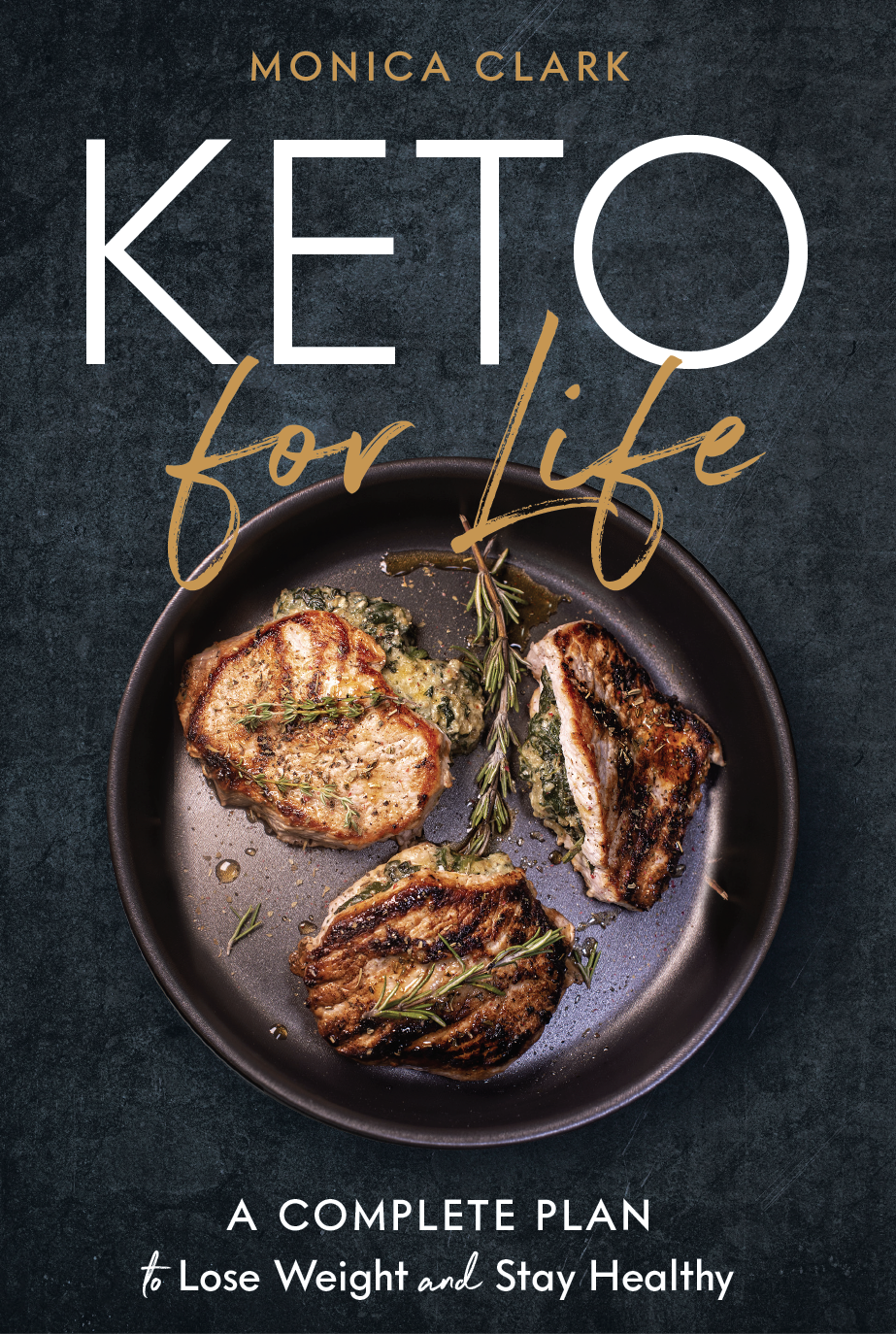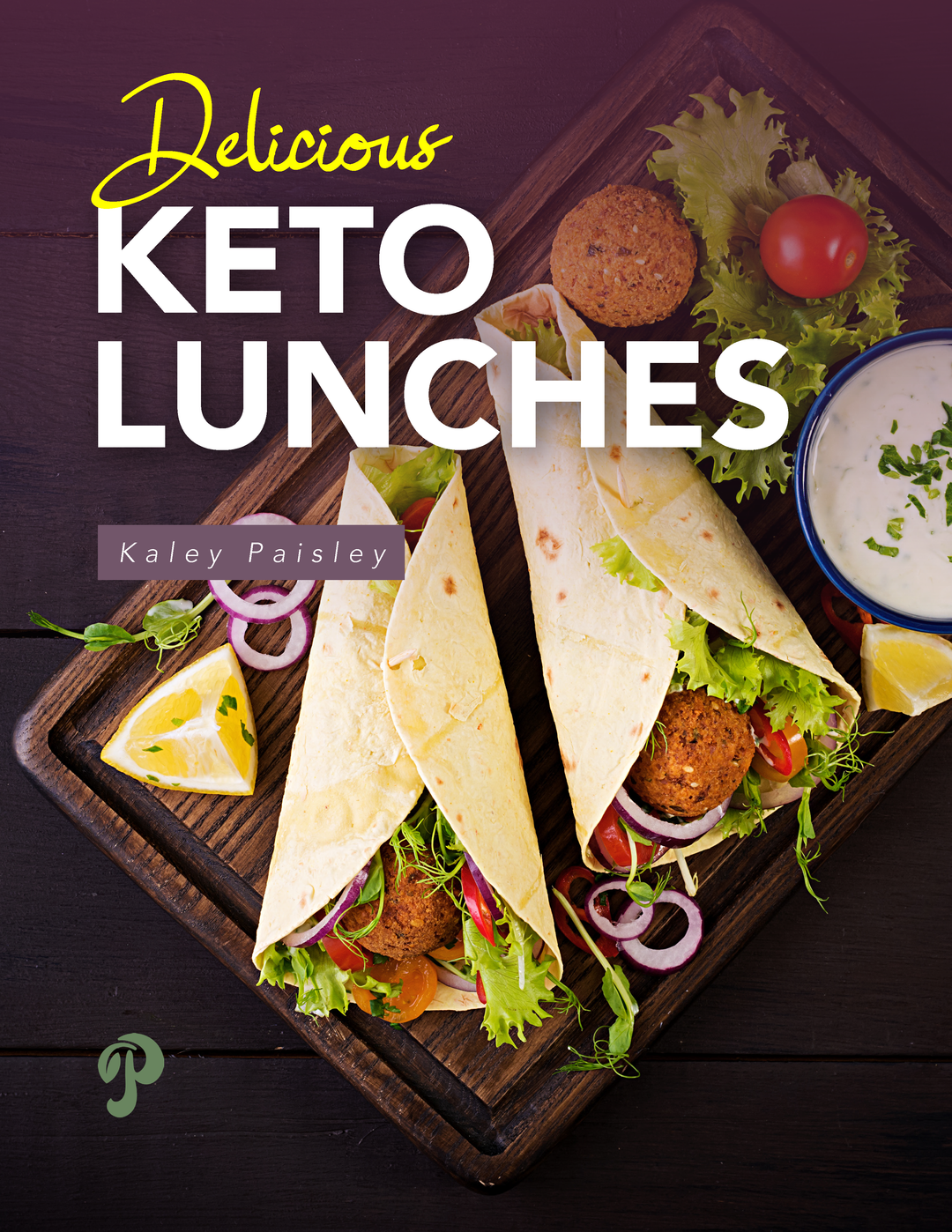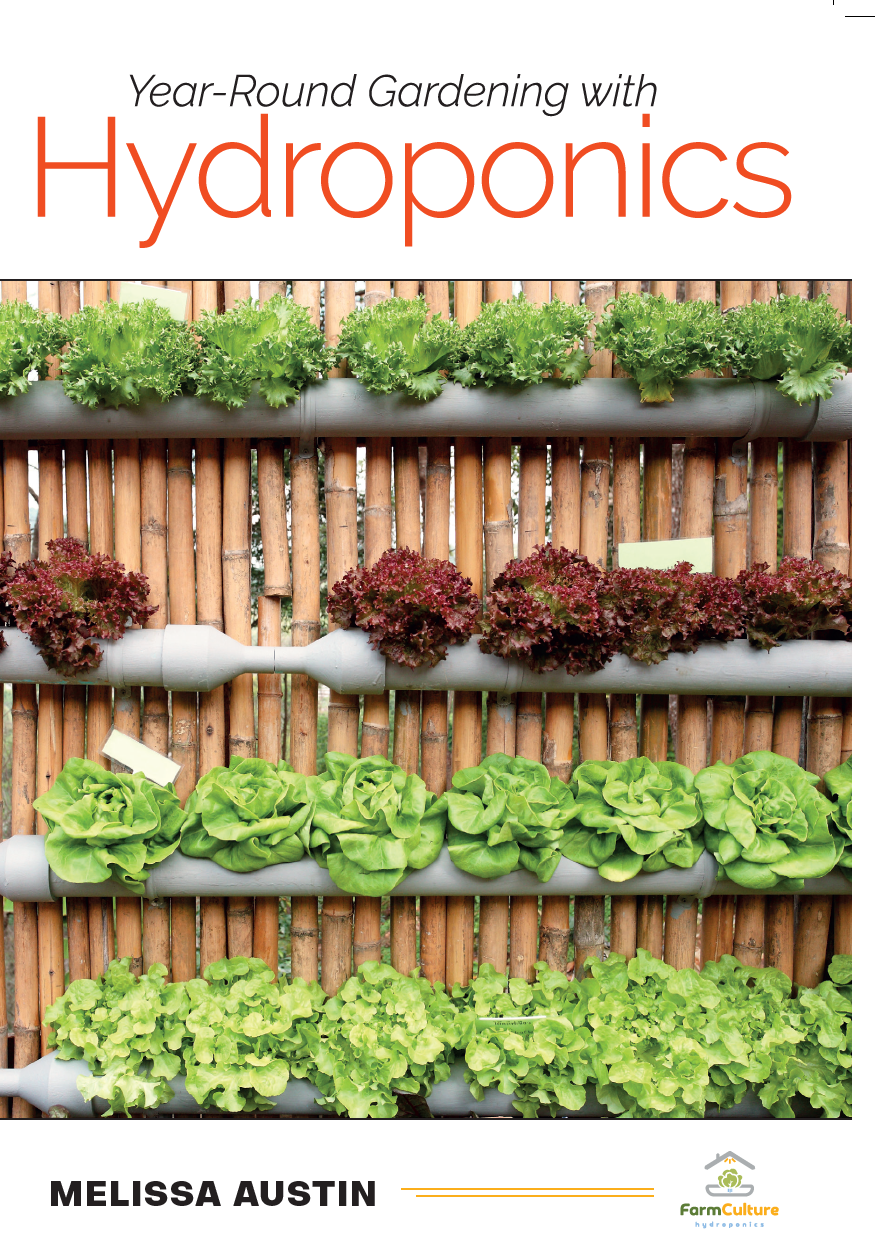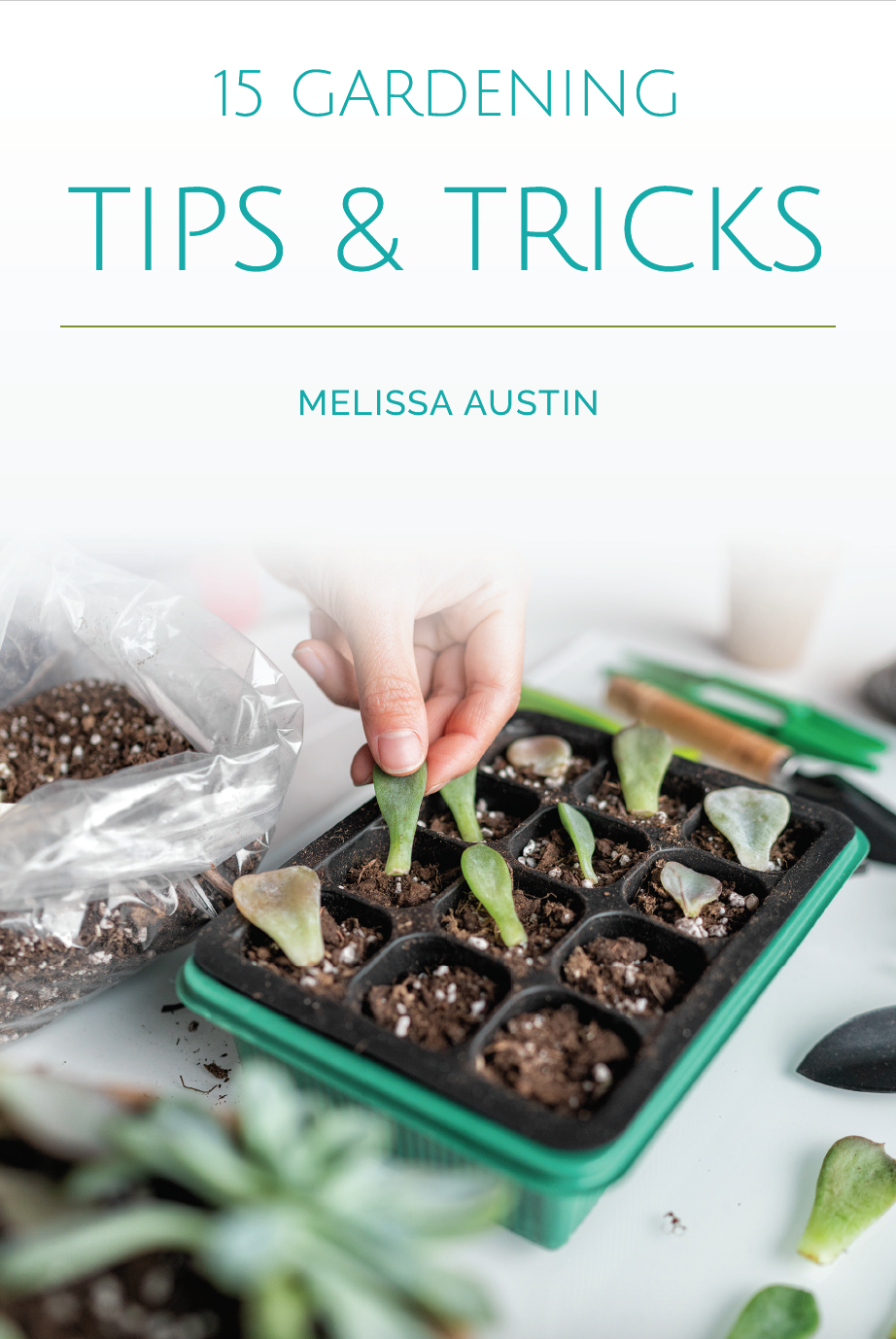Adopting Healthy Lifestyle Strategies: Tips for Kitchen Success
Creating a healthy lifestyle doesn't have to be complicated. In fact, it can start right in your kitchen! With the right strategies and tips, you can transform your cooking habits and make a positive impact on your health. This blog will guide you through some practical ways to bring healthy cooking into your everyday life, making it easy and enjoyable.
Understanding Healthy Lifestyle Strategies
Healthy lifestyle strategies involve making conscious choices that benefit both your body and mind. This section will explore what these strategies entail and how they can positively influence your life.
At its core, adopting a healthy lifestyle means being aware of how our daily habits affect our health. It’s not just about the food we eat, but also how we think, move, and connect with others. By fostering a mindset focused on wellness, we set the stage for embracing long-term changes.
Additionally, understanding the nuances of nutrition and physical activity can empower you to make smarter choices. If we think of health as a balance, then every small change can tip the scale towards a healthier you. Whether it’s swapping out sugary snacks for fruit or taking a brisk walk instead of sitting on the couch, each little action adds up.
Stocking Your Kitchen with Nutrient-Dense Foods
A key step in adopting a healthy lifestyle is to stock your kitchen with the right ingredients. Here, we'll discuss how to fill your pantry with nutrient-dense foods that support your health goals.
Think of your pantry as the foundation of your healthy eating journey. When you fill it with whole grains, legumes, nuts, and seeds, you not only ensure that you have healthy options on hand but also make it easier to whip up nutritious meals. Ever tried quinoa or farro? These delicious grains are not just filling; they are rich in vitamins and minerals.
Another essential element is vegetables—fresh, frozen, or canned. Stocking up on a colorful array of veggies means you’ll always have something nutritious to toss into a meal. They add vitamins, fiber, and so much flavor! And don’t forget fruits, which are not only great for snacking but can also enhance your dishes and desserts. Imagine a vibrant fruit salad to brighten your breakfast!
Moreover, having healthy fats like olive oil and avocado stored away can revolutionize your cooking. These fats are essential for nutrient absorption and can elevate your meals with their rich flavors. The better stocked your kitchen is, the easier it becomes to make healthy choices, turning cooking into an enjoyable art rather than a chore.
Meal Planning: The Heart of Healthy Cooking
Meal planning is an effective strategy for maintaining a healthy lifestyle. This section will provide tips on how to plan your weekly meals to simplify cooking and ensure you make healthy choices.
To kick things off, consider setting aside a dedicated day for meal planning. This could be a Sunday, when you have some time to reflect on the week ahead. Start by thinking about your schedule. Are there days when you’ll be busy? Map out easy one-pan dinners or slow cooker recipes for those days to prevent the temptation of takeout.
Once you have an idea of your schedule, develop a menu with both variety and balance. Include different protein sources, grains, and plenty of vegetables. A well-rounded meal plan not only satisfies your appetite but also keeps your nutrient intake diverse. If you love pasta, try switching out traditional noodles for zucchini noodles or whole-wheat options to mix things up.
Eventually, make a shopping list based on your meal plan to guide your grocery visit. This list will help you stay focused and avoid impulse buys, ensuring you only purchase ingredients that contribute to your healthy lifestyle. And remember, flexibility is key; if you find a new recipe that excites you mid-week, don't hesitate to swap out an old plan for something fresher and more appealing!
Cooking Techniques for a Healthier Plate
The way we cook our food can significantly impact its health benefits. We'll explore various cooking techniques that preserve nutrients and enhance flavor, making healthy eating a delight.
Incorporating techniques like steaming or grilling can lock in nutrients that are often lost during boiling or frying. For instance, steaming vegetables not only retains their bright colors but also their crunch and goodness. Pairing them with herbs and spices can elevate the dish without added calories.
Another excellent method is roasting. This technique caramelizes the natural sugars in food, creating rich flavors without unhealthy additives. Imagine a medley of roasted bell peppers, carrots, and onions drizzled with a sprinkle of olive oil! It’s not just appealing to the eye, but it's equally good for your body.
With cooking methods, simplicity often rules supreme. Opting for baked versus fried options is a great to way trim unnecessary fats from your meals. And let's not underestimate the power of fresh herbs! Adding basil, cilantro, or parsley can transform mundane dishes into exciting culinary experiences.
Incorporating Healthy Snacks into Your Routine
Healthy snacking is crucial for maintaining energy levels and preventing overeating at meal times. In this section, we'll share easy snack ideas that are both delicious and nutritious.
Instead of reaching for chips or candy, consider prep options like sliced veggies with hummus, homemade energy balls, or Greek yogurt topped with fresh fruit. These snacks not only curb cravings but also nourish your body, providing you with sustained energy throughout the day.
Another fantastic alternative is to keep nuts on hand. Almonds, walnuts, or pistachios are portable and packed with nutrients. Just a handful can provide healthy fats and protein, keeping your hunger pangs at bay while offering beneficial nutrients.
Creating your own snack mixes is also a fun way to explore flavors. Combine your favorite nuts, seeds, and dried fruits for a customizable and quick option that travels well. Just watch portion sizes to avoid overeating, but revel in the delicious variety you can create!
Making Healthy Eating a Family Affair
Involving your family in healthy cooking can make it more enjoyable and easier to stick to your goals. We'll discuss fun ways to engage your family in the kitchen and create a supportive environment.
One effective approach is to make cooking a family activity. Set aside weekends for themed cooking nights—like taco night or pizza night—allowing each family member to add their personal flair while building a sense of ownership over the meal. This collaborative effort not only teaches valuable cooking skills but also encourages healthier choices.
Moreover, educate your family on the importance of reading food labels together. Turning grocery shopping into a fun treasure hunt can help everyone learn about what goes into food. Show them how to look for whole ingredients and avoid additives, encouraging a more mindful approach to eating.
Finally, don't hesitate to involve younger ones in meal preparation. Kids love to help in the kitchen, so give them simple tasks from measuring ingredients to rinsing vegetables. This hands-on experience fosters a deeper connection to the food they consume and can ignite an interest in healthy eating that lasts a lifetime.
Wrapping It All Up with Healthy Kitchen Practices
Embracing healthy lifestyle strategies in the kitchen can lead to long-lasting benefits for your health and wellbeing. By following the tips outlined in this blog, you'll cultivate habits that not only nourish your body but also bring joy to your cooking experience. Remember, small changes in your kitchen can yield significant results in your overall lifestyle!




